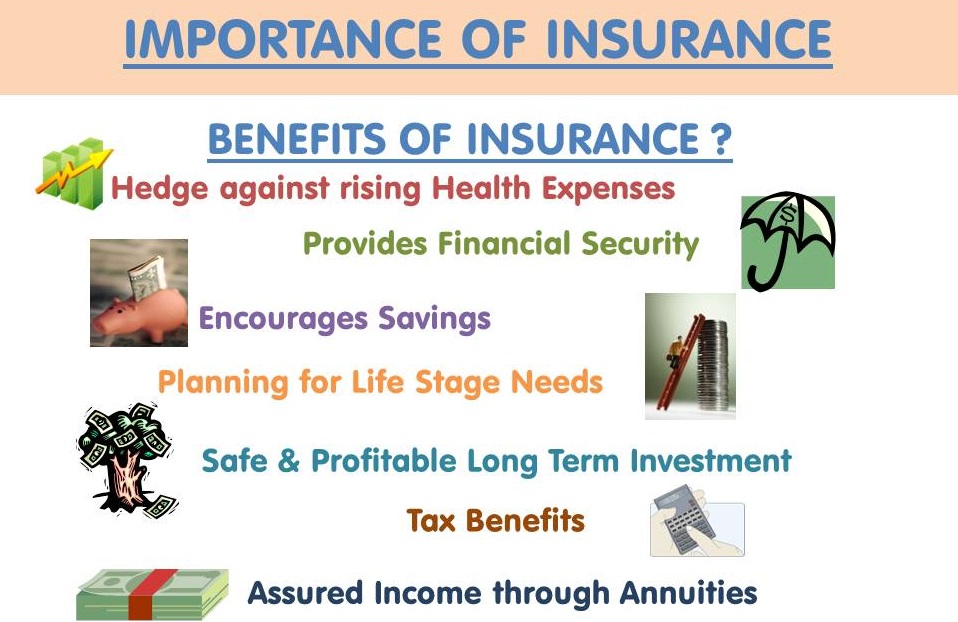The Basic Principles Of Pacific Prime
Table of ContentsAll about Pacific PrimeSome Known Details About Pacific Prime The 3-Minute Rule for Pacific PrimeThe Pacific Prime StatementsThe Best Guide To Pacific Prime

This is due to the fact that the data were gathered for a duration of strong economic efficiency. Of the approximated 42 million people who were without insurance, almost regarding 420,000 (regarding 1 percent) were under 65 years old, the age at which most Americans become eligible for Medicare; 32 million were grownups in between ages 18 and 65, about 19 percent of all grownups in this age; and 10 million were kids under 18 years old, concerning 13.9 percent of all children (Mills, 2000).
These quotes of the variety of individuals uninsured are generated from the annual March Supplement to the Present Populace Study (CPS), conducted by the Census Bureau. Unless otherwise noted, nationwide price quotes of individuals without medical insurance and percentages of the population with different kinds of protection are based upon the CPS, one of the most extensively made use of resource of price quotes of insurance policy protection and uninsurance prices.
Getting My Pacific Prime To Work

Still, the CPS is specifically beneficial since it creates annual estimates reasonably quickly, reporting the previous year's insurance policy protection estimates each September, and because it is the basis for a consistent collection of quotes for more than 20 years, enabling evaluation of patterns in coverage over time. For these factors, in addition to the substantial use the CPS in various other studies of insurance policy protection that are provided in this report, we rely upon CPS price quotes, with restrictions kept in mind.

The quote of the number of without insurance people increases when a population's insurance standing is tracked for several years. Over a three-year duration beginning early in 1993, 72 check out this site million individuals, 29 percent of the U.S. https://www.indiegogo.com/individuals/37416909. populace, lacked insurance coverage for at the very least one month. Within a single year (1994 ), 53 million people experienced at the very least a month without insurance coverage (Bennefield, 1998a)
Six out of every ten without insurance adults are themselves used. Functioning does improve the chance that one and one's family participants will have insurance policy, it is not a guarantee. Also members of family members with two permanent wage earners have virtually a one-in-ten possibility of being without insurance (9.1 percent uninsured price) (Hoffman and Pohl, 2000).
Getting The Pacific Prime To Work
New immigrants represent a substantial proportion of people without medical insurance. One analysis has connected a significant portion of the recent development in the dimension of the united state uninsured population to immigrants who showed up in the nation in between 1994 and 1998 (Camarota and Edwards, 2000). Current immigrants (those who involved the United States within the previous four years) do have a high rate of being without insurance (46 percent), yet they and their children account for just 6 percent of those without insurance coverage across the country (Holahan et al., 2001).
The relationship between medical insurance and access to care is well established, as documented later in this chapter. The partnership in between health and wellness insurance coverage and health and wellness results is neither direct neither straightforward, a considerable scientific and health and wellness services research literature web links health and wellness insurance protection to better access to care, better quality, and boosted individual and population wellness condition.
Levels of analysis for examining the results of uninsurance. This conversation of medical insurance protection focuses primarily on the united state population under age 65 because basically all Americans 65 and older have Medicare or various other public protection. Additionally, it concentrates specifically on those with no medical insurance for any size of time.
Getting The Pacific Prime To Work
The troubles faced by the underinsured are in some respects similar to those faced by the uninsured, although they are generally less severe. international travel insurance. Uninsurance and underinsurance, nevertheless, include noticeably various policy problems, and the techniques for addressing them may vary. Throughout this research and the 5 reports to adhere to, the major emphasis gets on individuals without any medical insurance and therefore no support in paying for health treatment past what is offered through charity and safety internet establishments
Medical insurance is a powerful factor influencing invoice of care due to the fact that both people and doctors respond to the out-of-pocket rate of solutions - https://disqus.com/by/disqus_tLNq8V4sBK/about/. Medical insurance, nevertheless, is neither needed nor sufficient to get to medical solutions. The independent and straight impact of health insurance policy protection on access to health solutions is well established.
Others will certainly acquire the health treatment they need also without health and wellness insurance, by spending for it out of pocket or seeking it from providers who provide treatment cost-free or at very subsidized rates. For still others, medical insurance alone does not ensure invoice of care due to the fact that of other nonfinancial obstacles, such as a lack of healthcare suppliers in their community, restricted accessibility to transportation, illiteracy, or etymological and social differences.
Excitement About Pacific Prime
Formal research study concerning without insurance populations in the United States dates to the late 1920s and early 1930s when the Committee on the Expense of Healthcare generated a series of reports about financing doctor workplace sees and hospital stays. This issue became salient as the numbers of medically indigent climbed during the Great Anxiety.